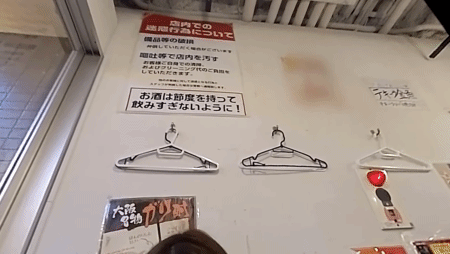VR-reversal
 VR-reversal copied to clipboard
VR-reversal copied to clipboard
VR-Reversal - Player for conversion of 3D video to 2D with optional saving of head tracking data and rendering out of 2D copies.
VR-reversal
Uses MPV and a plugin to play a 3D side-by-side video as a 2D video, allows you to look around and zoom within the video, optionally logs the head motions to a file for later rendering out to a 2D video with ffmpeg.

Installation and Usage:
- Download the lastest MPV https://mpv.io/
- Download the 360plugin.lua plugin from this repo.
- Play a video using the plugin with the command:
mpv --script=360plugin.lua --script-opts=360plugin-enabled=yes videoFile.mp4
If you want to enable this script automatically on startup in your regular MPV, you can place the config file from the script-opts directory in the corresponding MPV config directory, along with the script itself in MPV's scripts directory. To activate auto-starting of the script every MPV session, change enabled=yes in the config file.
If you want to save the 2D versions videos rather than just watch them you'll need a recent version of ffmpeg from https://ffmpeg.org/ but it's not needed just for viewing.
Alternatively rather than using the command line, Microsoft Windows users may choose to:
- Place mpv.exe, vr-reversal.bat and 360plugin.lua (the latter two are available as a Zip file in releases) in the same directory.
- Run
vr-reversal.bat - Drag and drop videos onto the MPV window.
Controls
You can press ? to show all of the keyboard controls on screen at any time.
When the player is started, if the script is automatically enabled, you'll be looking straight forwards. If not type:
-
vto toggle the main feature on or off.
The video will start at a low resolution, if you'd like more detail press y increase the initial preview quality h to reduce it again.
-
yIncrease resolution -
hdecrease resolution
Control where you're looking with the mouse:
- MouseLook: click anywhere in the video and your mouse position will control the camera, click again to stop mouse control
- MouseScroll: zoom in and out
or alternately look around with these keys:
-
i,j,k,llook around -
u,oroll head -
=,-zoom -
TABcenter view
Additional controls:
-
tswitch the eye you're looking through between left and right -
eswitch the video scaler between nearest neighbour and bicubic -
gtoggle mouse smoothing -
nstart / stop logging head motions to file (for later rendering) -
?display reminder of keyboard and mouse controls
Advanced projection controls:
90% of modern vr releases work perfectly with the defauls of 180 degree 'hequirect' projection so you shound't need these unless playing older or unusually formatted content:
-
rtoggle stereo mode between top/bottom and side by-side -
bcycle input fov bounds between 180,360 and 90 -
1cycle through input projections -
2cycle through output projections -
pcycle through 2D output modes including flat 2D, reprojected side by side and anaglyph modes.
Most of the standard default MPV controls are maintained:
-
Arrow keysseek through video -
SPACEpause -
ffullscreen toggle -
9,0or/,*volume up and down -
mmute
And finally when you are done:
-
qquit
You can configure the default keybindings in the script-opts/360plugin.conf file, or override them in your input.conf file as usual.
'Head' Motion Logging and saving your clips
If you have pressed n during your session your 'head' movements in the video will be logged to a file named {originalFilename}_3dViewHistory_{sectionNumber}.txt this is in the format of motion commands to be processed by ffmpeg https://ffmpeg.org/
The script will create a batch file convert_3dViewHistory.bat after you exit the player, if you have ffmpeg installed you may simply run this file to perform the conversion to 2D .mp4 clips automatically.